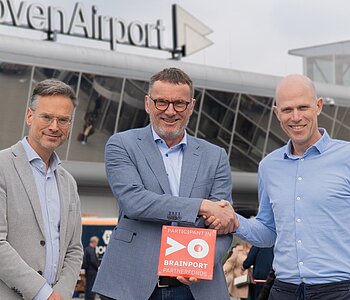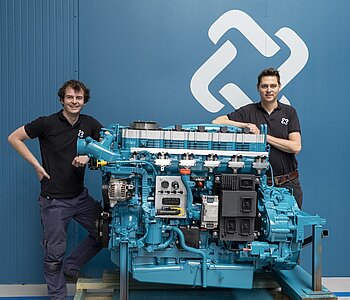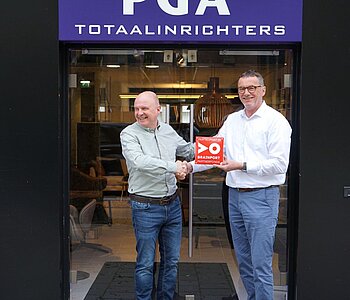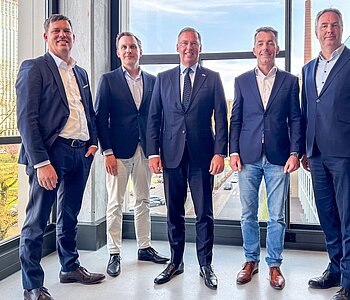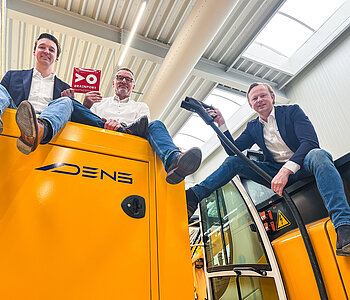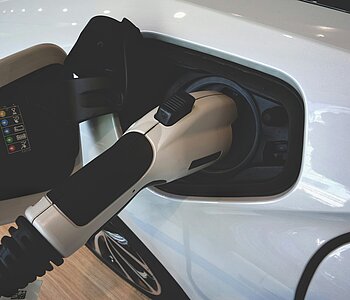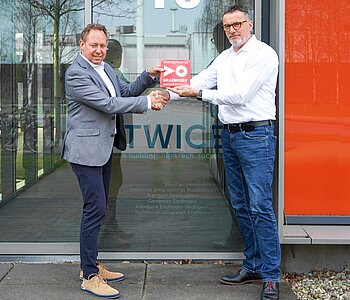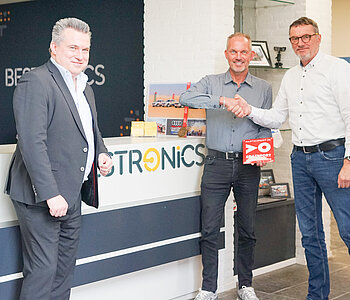News
3
minutes reading time
BMV Bouwers met Visie part of Brainport Partnerfonds
The Brainport Partner Fund is delighted to welcome BMV as a participant in the fund. Together with the other participants in the fund, BMV will ensure that the Brainport region remains attractive to its residents and businesses.
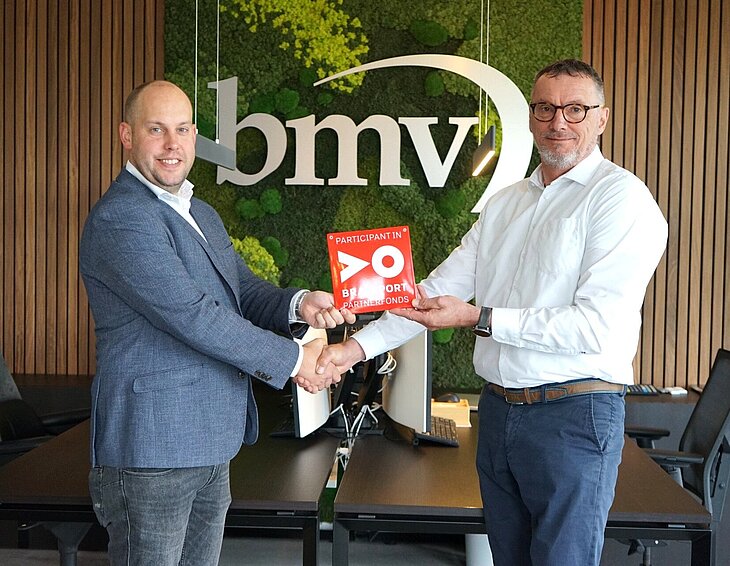
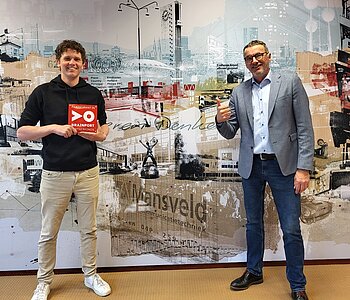
![[Translate to English:] [Translate to English:]](/fileadmin/_processed_/f/4/csm_BvE_Frank_Visser_presentatie_Brainport_voor_Elkaar_diner_c336ce484a.jpg)
![[Translate to English:] [Translate to English:]](/fileadmin/_processed_/9/e/csm_Brainport_Parnerfonds_Land_s-Heeren_1__9cc1247b2a.jpg)
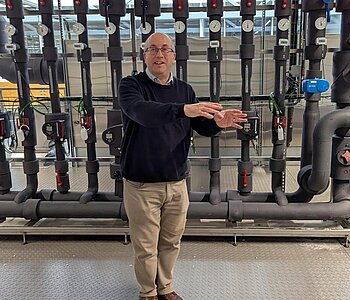

![[Translate to English:] [Translate to English:]](/fileadmin/_processed_/c/7/csm_Brainport_-_News_Graphic_-_Military_Scenario_-_1024x768_-_Blue_b2bb4731d3.jpg)
